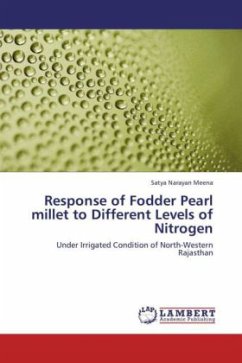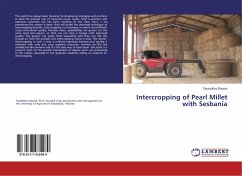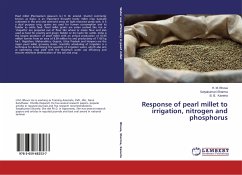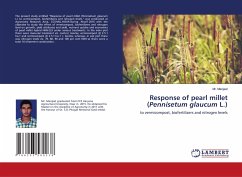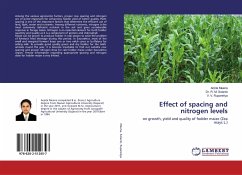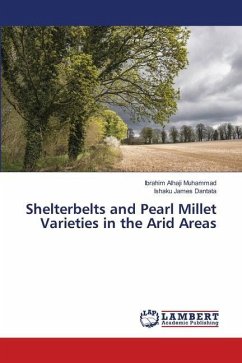India is known for harbouring 15% livestock population of the world. The efficiency of milch and draught animals depend upon on the quantity and quality of ration in which green fodder plays a vital role there is a wide gap between demand and supply of green fodder. Due to the increasing pressure of human population on land in the country, top priority is given to foodgrains. Pearl millet is the most suitable fodder crop for the arid and semiarid zones of Rajasthan state of India owing to its drought resistant, fast growing, high yielding and highly nutritious nature. Nitrogen is the basic plant nutrients essential for vegetative growth, chlorophyll and various physiological process of the plant. Keeping the above facts in view, the present study was aimed to discover the best pearl millet hybrids/synthetics/composites and optimum dose of nitrogen for increasing the fodder quantity and quality in North-Western Rajasthan
Bitte wählen Sie Ihr Anliegen aus.
Rechnungen
Retourenschein anfordern
Bestellstatus
Storno

